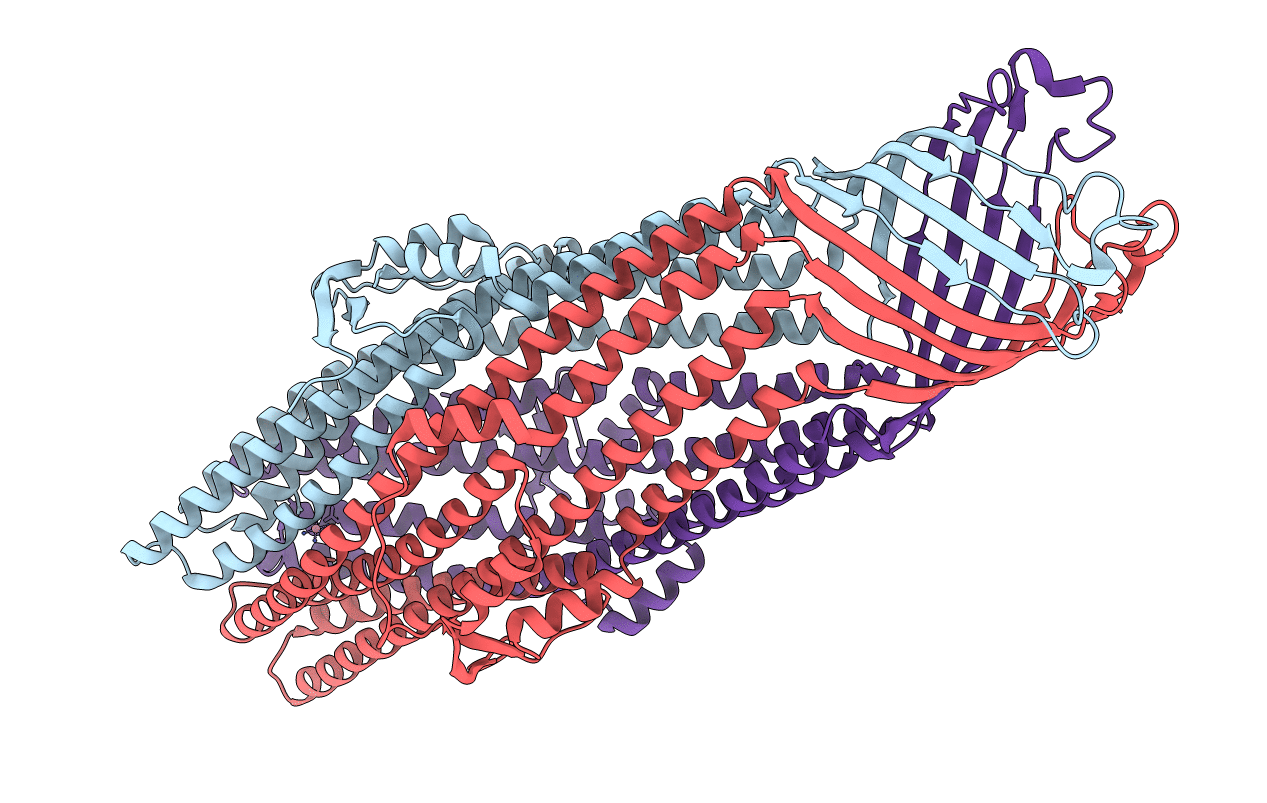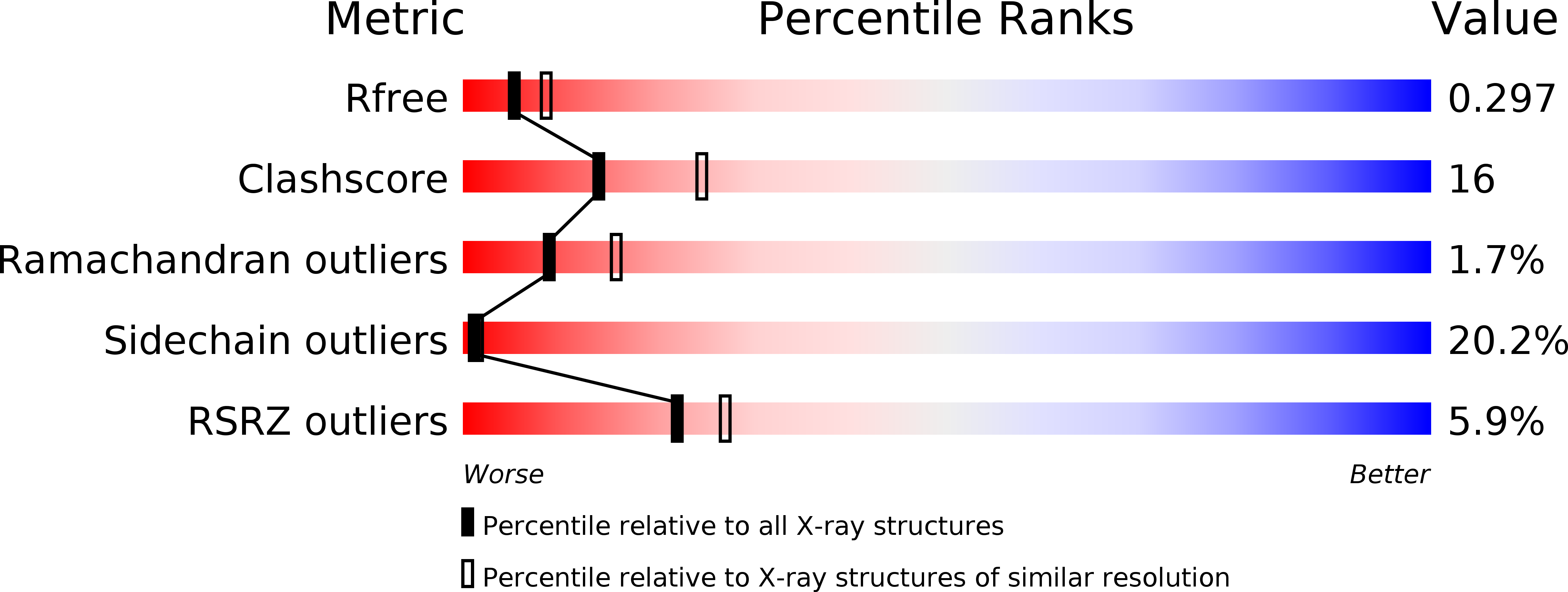
Deposition Date
2004-06-18
Release Date
2004-07-20
Last Version Date
2023-08-23
Method Details:
Experimental Method:
Resolution:
2.75 Å
R-Value Free:
0.30
R-Value Work:
0.26
R-Value Observed:
0.26
Space Group:
H 3


